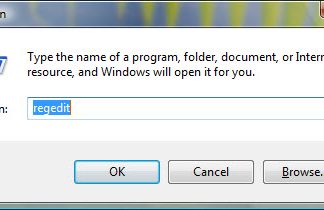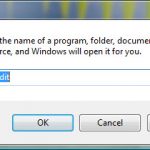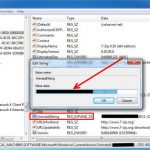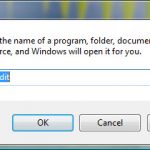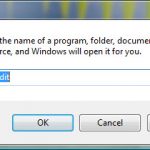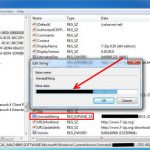Working from home became very popular for people across the entire globe, and the main cause for that was the global covid-19 pandemic. Tons of businesses started operating remotely and those left without their main job started freelancing. Needless to say, working from home became the next big thing, and now tons of people are doing it. Especially in Canada. You can learn about it here.
Although there are many upsides to working from home, there are a few downsides as well, one of them being the lack of a working environment atmosphere. It’s not the same feeling working around other people that are also working, and being left in the comfort and coziness of your home all by yourself, with tons of distractions all around you. This is a larger problem than what people think.
Improving efficiency while working from home became a really popular Google search trend, but if you’re here for that, you’ve come to the right place. Today we’re talking about flowcharts, so stay with us until the end and we’ll help you learn.
The flowchart helps you visualize your working process
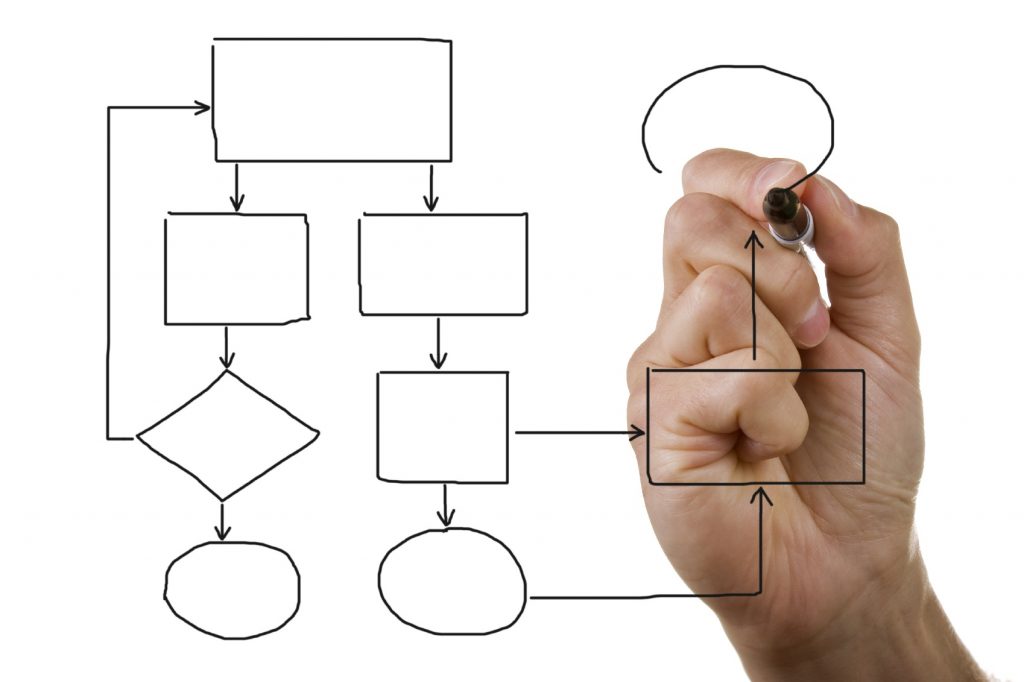
We all know how important it is to plan things out before doing them. This applies to various life decisions, not just things that are related to work. They say planning is more than fifty percent of the completion of the task, and we find that to be very true. Well, a flowchart can help you visualize the entire working process, so things that seem very complicated and demoralizing at first become achievable and fun to work on all of a sudden. Flowcharts are used mostly for breaking down complicated processes into simple and easy-to-understand diagrams.
In case you are willing to take a look at a few examples or even try creating a flowchart on your own, zenflowchart.com is a website where you can learn more.
That’s not all. We’re pretty familiar with the importance of deadlines, so if you have a client and they’re asking you how much time you’ll need for the task, you should be providing an accurate answer. However, such an accurate answer won’t be possible without breaking down your entire process into a flowchart, then setting smaller deadlines for each part, and finally summing everything up.
Flowchart serves as a reminder

Sometimes when we’re set to complete a complicated task but something ends up distracting us, it’s really easy to lose ourselves and continue working from right where we stopped. Well, flowcharts keep us focused, they point us in the right direction, and you can always look at the entire task in a much more organized way if you have one.
Flowcharts can help you determine whether the task is worth working on at all or not because when you plan things out and lay them down on a piece of paper, you can find bottlenecks or other issues in the structure much more easily.
The flowchart can help you pick up from where you left of much easier

Not every project is completed smoothly and without any interruptions. Sometimes a team runs out of budget, sometimes a person quits, and sometimes there are unexpected problems that even previous plans weren’t able to uncover. In case of such an interruption, it’s much easier to get back to work without a previously laid-out flowchart, and here’s why.
- You and your team won’t know at which stage of the project you are at the moment without a flowchart, which makes getting back to work a lot more difficult.
- In case you have a new member on board, explaining the project and the current progress is nearly impossible without a flowchart.
- Getting back to a certain stage of the project to fix an issue is also impossible without a flowchart because even explaining and analyzing the problem requires one.
All in all, you make things so much easier for new members and you individually if you are working solo. Don’t miss out on the advantages of using a flowchart.
Flowchart improves your entire team’s problem-solving abilities

We’ve probably never heard of an IT company that doesn’t use flowcharts for problem-solving scenarios. Why are we mentioning IT as an example? Because that’s one of the industries that focus on very complex problems that require a lot of thinking.
Whenever you need to present something to your team or explain a problem that you’ve found, it’s best to use a flowchart. The structure of this layout allows you to present with ease and it prevents confusion. It takes some skill to make readable and visually-appealing flowcharts, but thankfully we have a lot of templates for that nowadays.
You can use flowchart templates or make them on your own

Last but not least, don’t be scared of the thought of creating your flowchart because this is possible even if you are a beginner freelancer or you’ve just recently started working through a computer. It’s easy to learn, but if you don’t want to dedicate the time to do that, or you simply don’t have the time for it, it’s best to use a template. Some templates are free, others are paid for, so choose the one that matches your needs and your budget.
Conclusion
Most people feel discouraged to create a flowchart for their work process because the entire concept seems a bit “distant” and complicated. However, nowadays we have modern websites that allow you to create a flowchart for yourself or your team in just a few clicks. Tons of templates are available and this was never easier to do. The time you spend building a flowchart will decrease the time it takes for you to complete a task by two or three times, so think of it as a time investment. Flowcharts are just amazing and if you ever start using them you’ll never go back.





